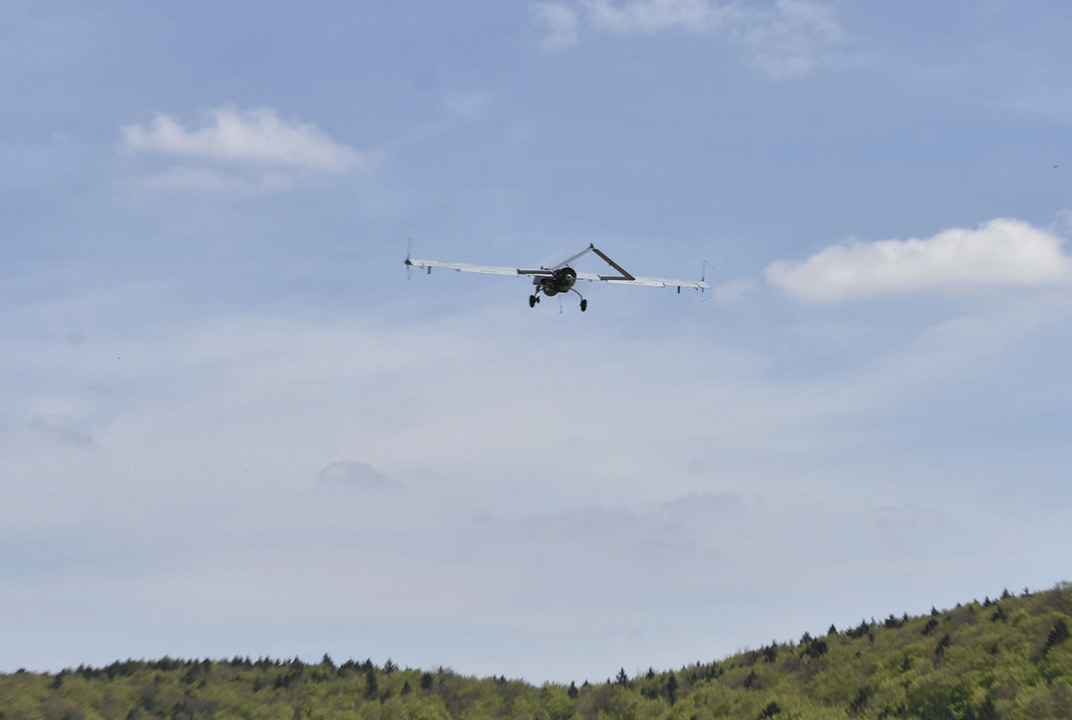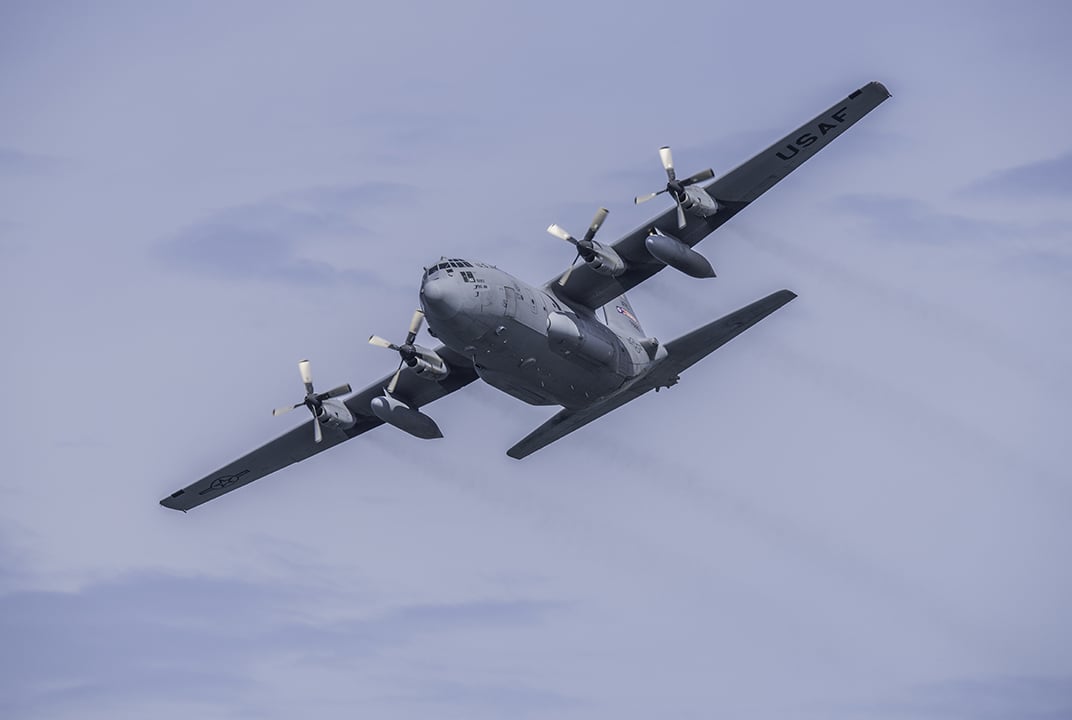Insight | WiSL: Transforming “what could be” into reality
WiSL: Transforming “what could be” into reality
Government
Steve Gizinski, Inmarsat Vice-President, Special Programs, U.S. Government Business Unit, on meeting – and exceeding – government users’ requirements for higher throughput.
At Inmarsat, we recognize that rapid and cost-effective commercial innovation that is built to government requirements optimizes mission success. That is why Inmarsat together with its partners focuses on the development of innovative and dependable technology that maximizes the use of what has already been proven and, often, already adopted by Programs of Record.
Ultimately, we are committed to the very essence of innovation as once described by playwright George Bernard Shaw: “You see things; and you say ‘Why?’ But I dream things that never were; and I say ‘Why not?’ ”
We are driven by the same values at Inmarsat, where our culture of innovation allows us to provide services that are relevant to the serviceman and woman’s requirements and are designed for every aspect of the military on-the-move users’ worldwide missions.
Take as an example developments over recent years with our award-winning Inmarsat Wideband Streaming L-band (WiSL). WiSL is a capability utilizing Inmarsat’s reliable worldwide L-band space and ground network to support higher throughputs from miniature form factor antennas to meet high-demand Intelligence, Surveillance, Reconnaissance (ISR) and Process, Exploitation, Dissemination (PED) needs. Terminal solutions are available today that leverage existing installed antennas as well as those that take advantage of recently developed ultra-compact terminals.
Immense capabilities on display.
We first demonstrated WiSL in 2014 and it is now flying on aircraft, rapidly transforming from an idea to a demonstration to a new capability. Via micro antennas as small as five inches, it has shown during recent demonstrations in multiple user scenarios that it delivers data rates as high as 10Mbps x 10Mbps. Using high-order modulation, the demonstrations revealed efficiencies up to 4.5 bits per hertz in supporting cost-efficient bandwidth utilization.
With WiSL, we are providing to government users unparalleled coverage, performance and data rates on small platforms within the wide variety of often challenging environments in which they operate, including heavy rains and low altitudes. Thus we make possible optimal size, weight and power (SWaP), while maximizing the mission payload. The latter element cannot be understated or otherwise glossed over. It serves as the biggest motivator for customers as they evaluate systems for acquisition.
Even with this level of unmatched performance, we continue the pace of user-focused innovation with other applications such as the WiSL Aero Modem, which utilizes existing SwiftBroadband equipment and adds affordable appliance to establish high-speed L-band connectivity in-flight with minimum modification requirements on the part of the aircraft. The modem is now in the testing stages and we expect to see it at an operational level soon.
That is how we look beyond what “is,” and see everything that “could be” to better serve U.S. government missions. WiSL is just one of many examples of what our Inmarsat core values – as well as collective talents and intellectual curiosity – can create. Frankly, I cannot wait to see what is next.
About the author
Steve Gizinski is Inmarsat Vice-President, Special Programs, U.S. Government Business Unit, providing focused support to the Special Operations, Intelligence and aero/UAV customer communities.
Steve brings to this role 30 years of in-depth experience overseeing mission-critical technology efforts for commercial, intelligence, and U.S. Department of Defense customers. Prior to joining Inmarsat, Steve was the President and CEO of CVG, Inc., a SATCOM start-up and before that held a variety of management positions at Northrop Grumman, Hughes Space and Communications and Lockheed Martin.


